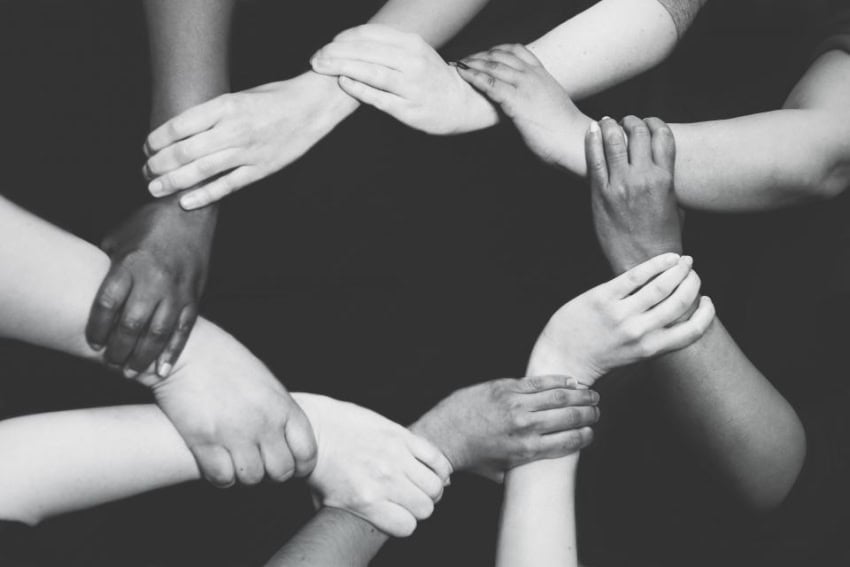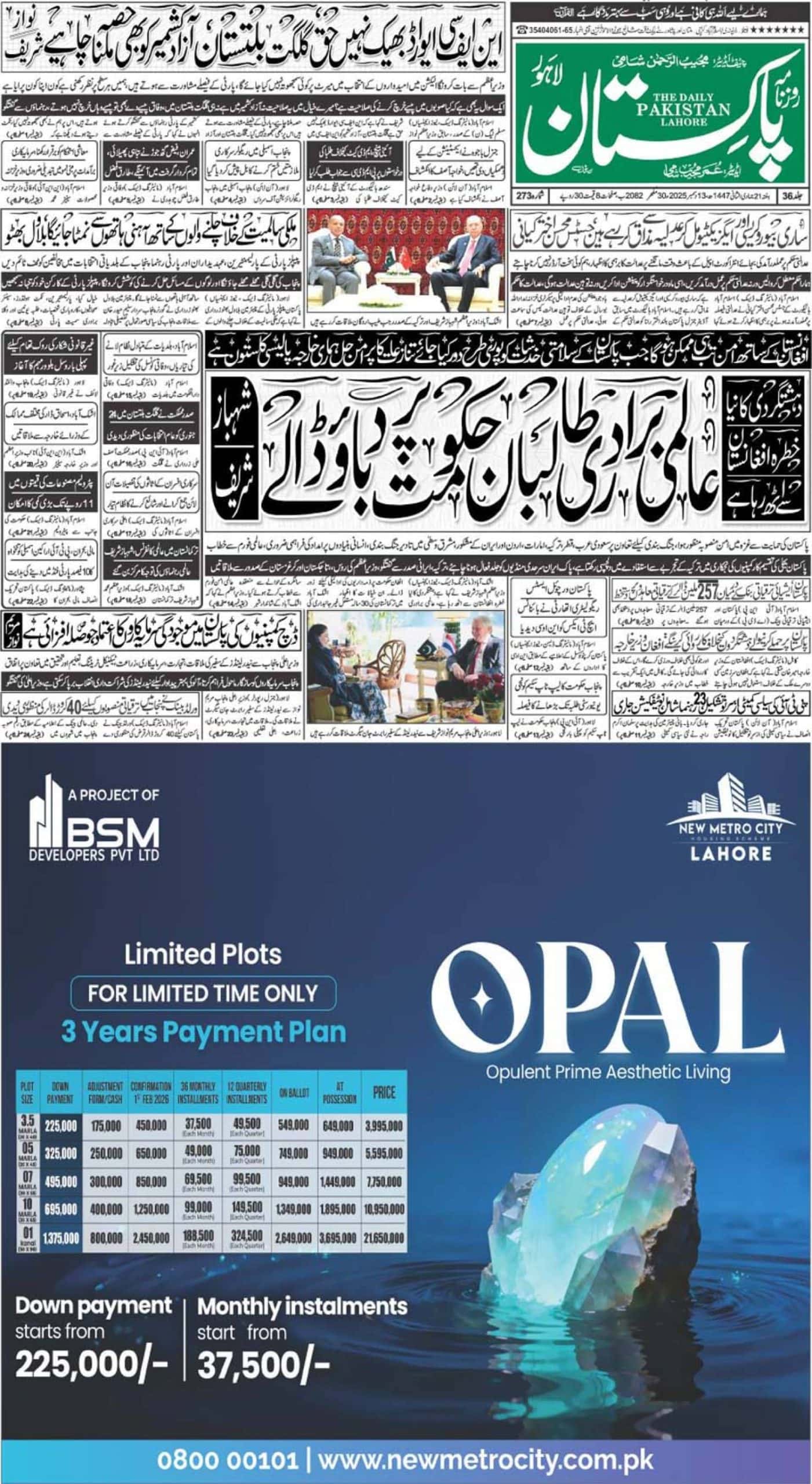When the question of identity rises we are quick to list a varied assortment of all that we identify with- our political leanings, our religious views, and our race. By assigning such categories the importance of constituting our identity, we are not just making a statement about who we think we are as individuals, but also aligning ourselves with people who feel similar attachments. The tendency or better yet the need to share such values is the basis of culture and is as old as time itself.
What’s surprising is the imposition of identities and racial boundaries by foreigners on a local population, which in the name of organisation and clarity led to divide and polarity. This is precisely what was done in the periods of (outward) foreign conquests and periods of colonial inquisition. The oppressor, laden with the White Man’s Burden had to find a way to categorise the inferior beings it came across in the lands he exploited for rubber (Congo), diamonds (South Africa), tobacco (Americas)and more.
The colonisers had to find a way to explain just how these people were so far behind civilizationally, a judgment he had reached by observing the new cultures and beliefs with apathy and distaste, for the different, was deplorable. The excuse used was race.
The toxic cycle began with conquest, slavery and even the anthropological venture of anthropometry tried to generalise collective characteristics of ‘races’ and draw comparisons to animals. Biological variation in human beings exist, but assigning moral values to their physical characteristics and formalising these social constructions by encoding them in the law is not based in any reasonable rationale.
It was created to keep people divided and to tighten the stronghold of the coloniser. For example, the Belgian system of identity cards in Rwanda necessitated that your Hutu or Tutsi identity be stated on it. This led to a division of labour based on being a Hutu or a Tutsi, leading to such animosity between the two very similar groups over their perceived differences that it resulted in genocide.
This happens when we accept typifications that are grafted on us to keep us subordinate in the first place. We become immune to coming second and the reactionary defence mechanism to regain some semblance of control over identity is to otherise and poorly treat those who are different.
When people are convinced that these arbitrary classifications hold credence, the next step is to deem it natural and necessary to subordinate and restrict ‘lower’ ones. This thinking was an ideal justification for slavery, segregation, colonialism, genocide and now for us to turn against each other.
Today, we can try to know better. We know that the stereotype of, for example, “over-achieving Asians” is racist, but we don’t know how reductionist it is to homogenise ‘Asian countries’, ‘Asian people’ in the first place. Racial typifications are not uniform.
The black man may have a defined jaw or not, large lips or not. The white man may be blue-eyed or not, may be tall or not. ‘Race’ traits are as changeable as your choice of morning caffeine. Third generation immigrants in a Western country will assimilate to the ways of their new homes rather than holding on to behaviours or occupations they are ‘predisposed’ to performing due to their race.
In conclusion, racism is real, tangible, and prevalent. Race, however, is not. Yes, the former exists without proof of the existence of the latter. What exists is difference, biological variation, and diversity, a diversity that we allow to divide us when it can enable us to thrive.
In the words of renowned Nigerian author Chimamanda Ngozi Adichie “Many stories matter. Stories have been used to dispossess and to malign. But stories can also be used to empower and to humanize. Stories can break the dignity of a people. But stories can also repair that broken dignity.” There is a need to rewrite and explore how the stories of the way we define our identity came to be and to reclaim them to regain something we had within us all along.














